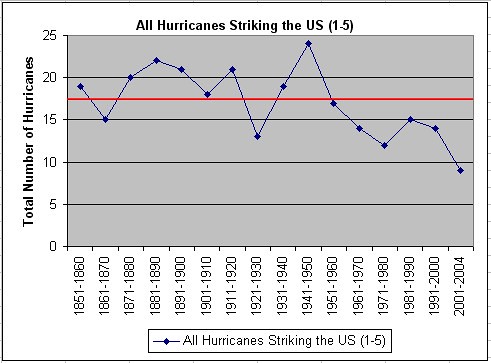......
In todays Wall Street Journal,
Daniel Henninger writes about the tribute recently given to those Marines from the Third Battalion-25th Regiment -- "the 325th.". 19 of these soldiers gave the ultimate sacrifice last week during a raid around the Euphrates river in Iraq. What was noticeably absent from the tribute is what is worth mentioning. Mr Henninger writes-
"The politics of the Iraq war wasn't much on view amid the memorial fence's American flags, flowers, football jerseys, photographs, poems and Marine memorabilia. But someone had decided to put down on the ground an article published just three weeks ago in the News-Herald, a nearby newspaper. "All I can ask," wrote Marine Cpl. Jacob Arnett, who is still on duty in Iraq, "is that the American people be given more than the bombings and daily death toll, because we are giving much more than that for Iraq. ""
Again and again I hear this mentioned by soldiers returning from Iraq. "Why is the press only reporting on when we get killed?" "Why won't they mention when we save Iraqi's from getting killed, or when we build new hospitals?" Aside from
Arthur Chrenkoff, this is unfortunately the case. Every morning, even in the Wall Street Journal, the first page lists the number of people killed from the previous day. If none were killed, it lists the ways in which the "insurgents" are preparing for another attack on some innocent children. Insurgents indeed. They are bloodthirsy killers, but I suppose that would be too politically incorrect these days to call them that.
On top of this incredibly misguided trend from the fifth column, we have the latest liberal drooling over Cindy Sheehan, the mother of a soldier killed in Iraq. I won't go in to too much detail here as Jeff over at Protein Wisdom has the hypocrisy covered well enough
here and
here. Mrs. Sheehan has a right to grieve as any mother should over the loss of her son. But the tragedy is that there are those who are using her grief for their own partisan gain, whether she is willing to let them or not.
To further illuminate my point, I bring up the news from last week about the death of the US Journalist Steven Vincent, who was working tirelessly to be the anti-press on the ground in Iraq, laying his life on the line and paying the ultimate price for it. In his passing one would hope his message gets through to the rest of the press corps-from an interview with Mr Vincent in Frontpage Magazine..
WORDS MATTER."The most despicable misuse of terminology, however, occurs when Leftists call the Saddamites and foreign jihadists "the resistance." What an example of moral inversion! For the fact is, paramilitary death squads are attacking the Iraqi people. And those who oppose the killers -- the Iraqi police and National Guardsmen, members of the Allawi government, people like Nour [an Iraqi woman who assisted him] -- they are the "resistance." They are preventing Islamofascists from seizing Iraq, they are resisting evil men from turning the entire nation into a mass slaughterhouse like we saw in re-liberated Falluja. Anyone who cares about success in our struggle against Islamofascism—or upholds principles of moral clarity and lucid thought—should combat such Orwellian distortions of our language."And as usual, I bring you a Cox and Forkum to further illustrate the point......

We must remember that the US Military has already technically "won the war" in Iraq. But we haven't "won the peace" yet. It took us years to rebuild Japan and Germany after they were defeated in WWII, and technically we're still there. And we it will only take longer for us to get Iraq back on its feet and bring our toops home if our own press and politicians continually give moral support to bloodthirsty killers by rationalizing their acts as "resistance".
The tribute in Ohio shows that there are Americans out there who do understand what we are fighting for, and uphold those who pay the ultimate sacrifice as the heroes they are.
If only we didn't have to go to Ohio to see it.






